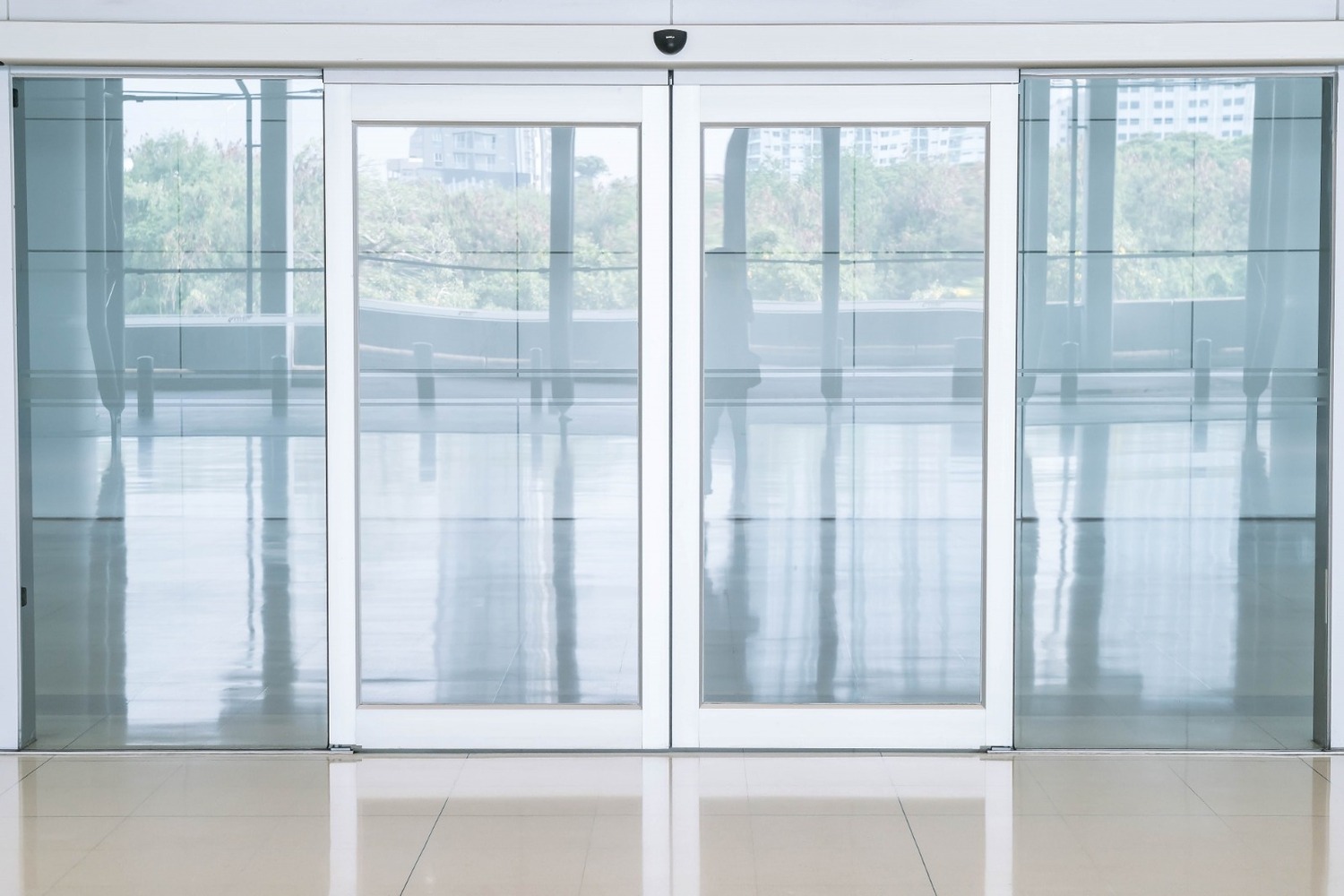Okay, let’s be real—modern architecture isn’t just about big buildings and fancy materials anymore. It’s about how a space feels, functions, and flows. And one thing that’s quietly become a go-to for architects and designers? Yep—automatic doors.
At first glance, you might think, “What’s the big deal about a door that opens by itself?” But trust me, there’s more to it than just convenience.
They Look So Good
Let’s start with the obvious—they just look great. Automatic doors, especially the sleek glass ones, give off that clean, minimal vibe that most modern spaces aim for. There are no bulky handles or awkward swinging arcs—just smooth, seamless movement. It’s the kind of thing that makes a lobby or entrance instantly feel more high-end (even if the rest of the space is still getting its finishing touches).
Accessibility? A Big Yes.
This one hits different. We all want spaces to be more inclusive—and automatic doors make that possible. No pushing, no pulling, no awkward moments with heavy doors—just walk up and boom, open sesame. It’s especially helpful for people with mobility challenges, parents with strollers, or honestly, anyone carrying a coffee in one hand and their phone in the other (we’ve all been there).
They Save So Much Space
In cities where every square foot feels like it costs a fortune, designers are super mindful about how much space doors eat up. Traditional swing doors need clearance—automatic ones, especially sliding versions, don’t. They just glide open without stealing any usable room. More space means more freedom in how the area is laid out.
Bonus: Energy and Hygiene
Here’s something that surprised me—these doors actually help save energy. Since they open and close only when needed, you lose less heat or AC. And post-pandemic? Touchless entry feels more important than ever. Fewer hands on surfaces = fewer germs.
So, Why the Hype?
Automatic doors aren’t just about tech or luxury—they’re about making spaces work better for real people. They’re functional, stylish, and just make sense in today’s world. That’s probably why so many architects and designers keep coming back to them.
Once you start noticing them, you’ll see—they’re everywhere. And honestly, For good reason.

